Why sports photography? How it started and when?
When I was young, I think in 1986 I started my adventure with skateboarding. Me, along with my friends where cruising on the streets of our town everyday, just for fun. In Winter all that turned into snowboarding and mountains. As we were skating more and more, we realized that if we wanted to do the trick as it should be, we have to photograph the spot, so we can have a better look at what we’re doing wrong and make it perfect. And that was what I did.
I remember when my mom bought our first camera. It was a regular film compact. She worked at a company where they printed photos, so it was easy for her to print all of my skating pictures. My hobby went on and years later, in 2005 when we were on family holidays, my uncle borrowed me his DSLR camera. That was my start.
I love action. I love when there’s a lot going on around me. It was natural for me to photograph sports and the whole lifestyle around it.

What equipment do you usually bring with you?
I started with Nikon D810 and it’s still in use. I just really like it. I have couple of lenses from 14mm to 400mm, But at the end, I use longer lenses the most. Many action photographers use fisheye lenses, but I’m not a big fan. Maybe that sets me apart from the crowd?
The same with lighting setup. At first I started with speedlights with wireless control, just like other photographers do. But it was not satisfying. I am now using big 600W Quadralite Atlas flashes, which gives me more options. They are really strong, with great power and color accuracy. I can even use them in sunny days to overpower the sun. Ant hat is so cool!
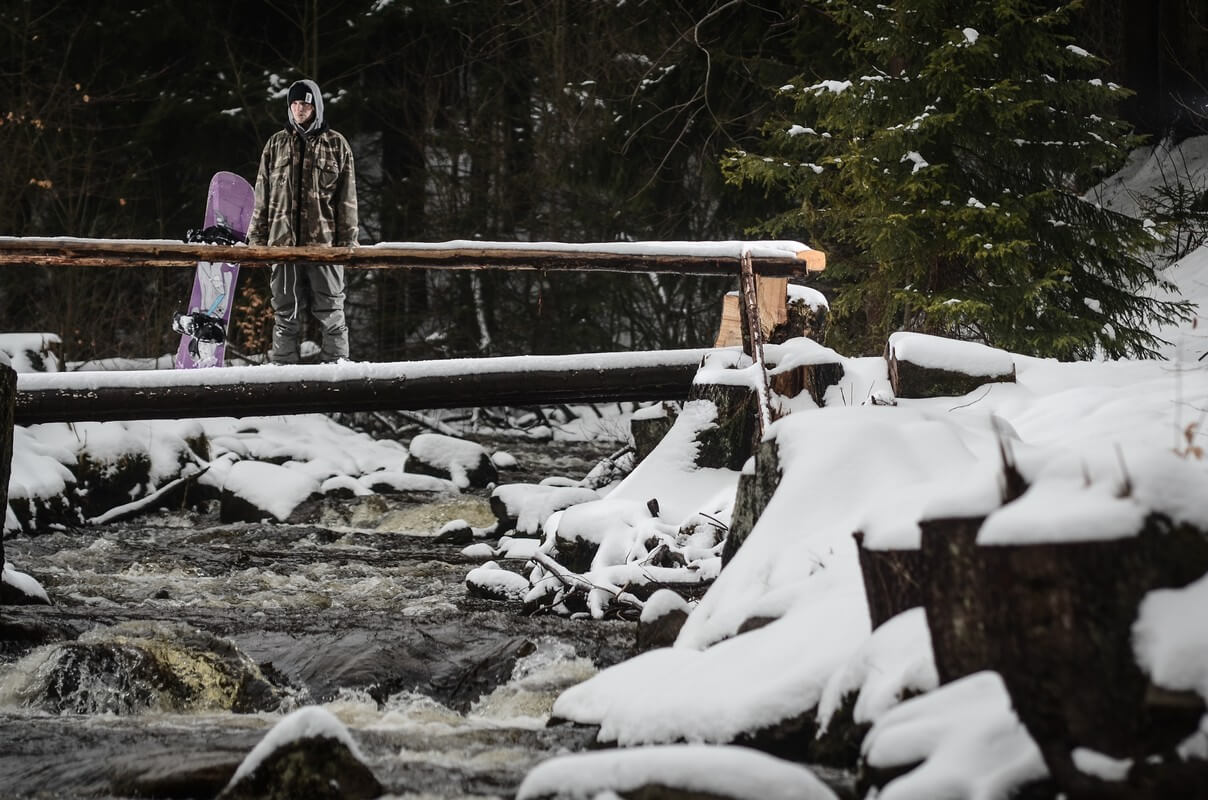
How do you carry your gear in low temperatures when shooting in winter?
I do the exact same thing like on a normal photoshoot. I bring two backpacks where I carry my photo gear and lights together with four stands. I must admit it’s not an easy task, especially in winter when I have to force my way trough deep snow and forest sometimes up the steep hill. However I'm always excited and willing to do this all day long. It’s always fun! And a little exercise is not too bad, I think ;)
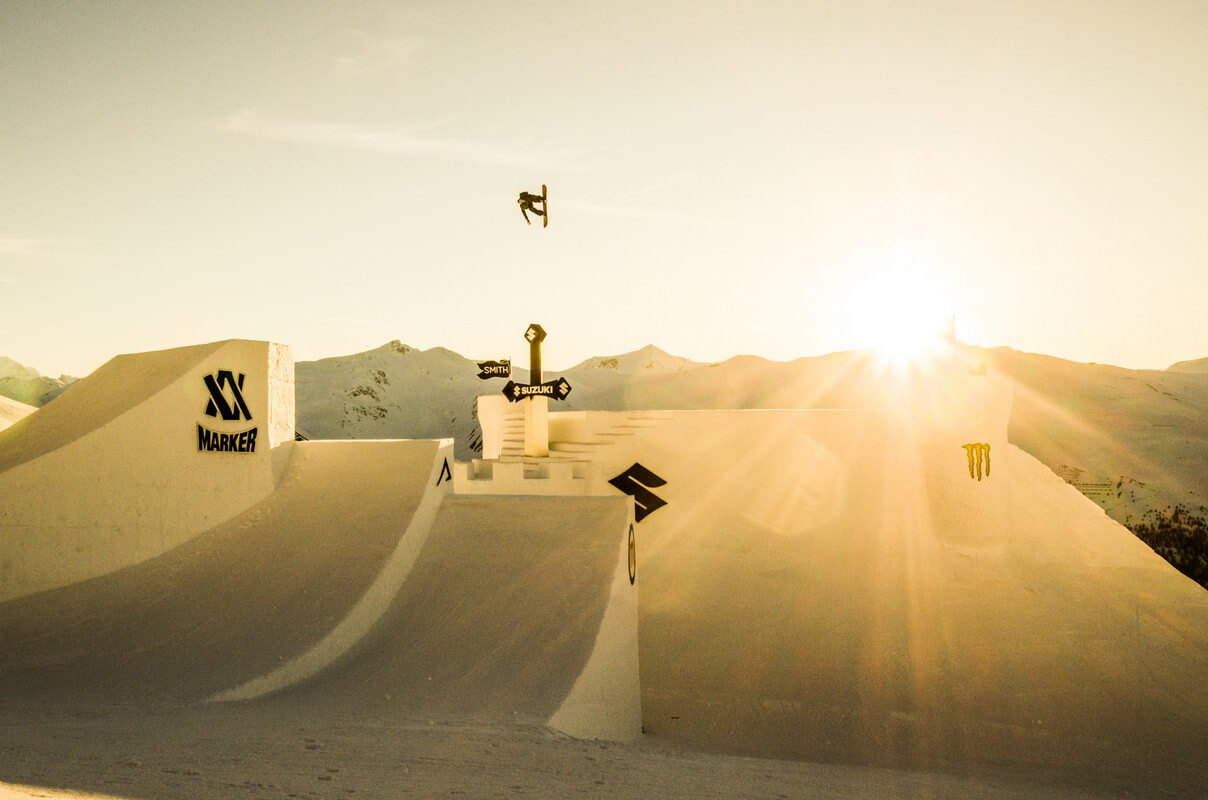
What lighting setup do you typically use when photographing winter sports?
It all depends on the light conditions and the subject. I really like the natural light, but If I use the external lights, everything is different. I can do whatever I want. The possibilities are endless. It looks like a playground, because I can literally play with the light.
I typically use two or more lights, the Quadralite Atlas 600 with Quadralite Reporter 200 TTL. Sometimes two Atlas 600 lamps and Reporter 200 TTL for background.
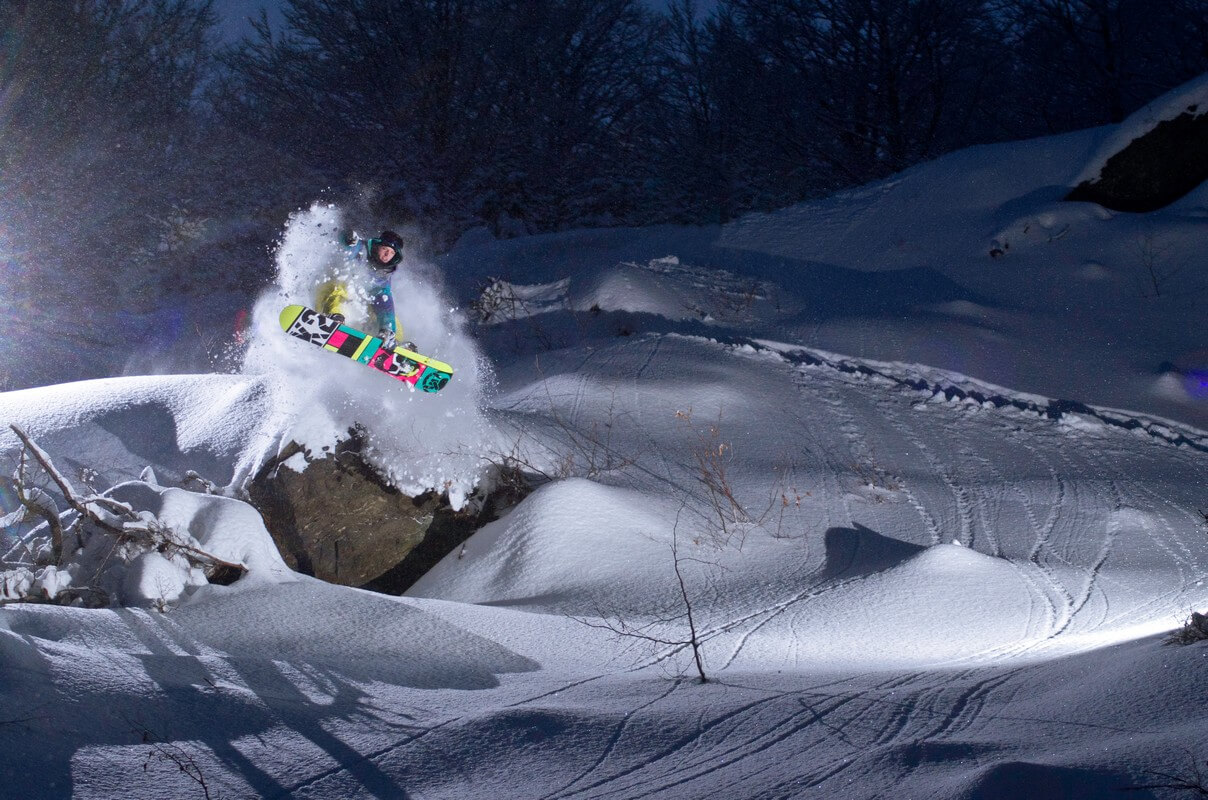
What’s your formula for perfect action photo?
I never shoot from the tripod. If you’re a sports photographer, you have to be in many places at the same time. Sounds impossible, I know, but there’s a lot of movement and action and you have to stay in focus and observe. Always be one step ahead.
I sometimes stay in the middle, sometimes on the sides. It depends on what I shoot and what is the plan. I don't really think about the rules. I think there are no rules in this kind of photography and that’s what makes it amazing. I can build my own style and just do what I like.
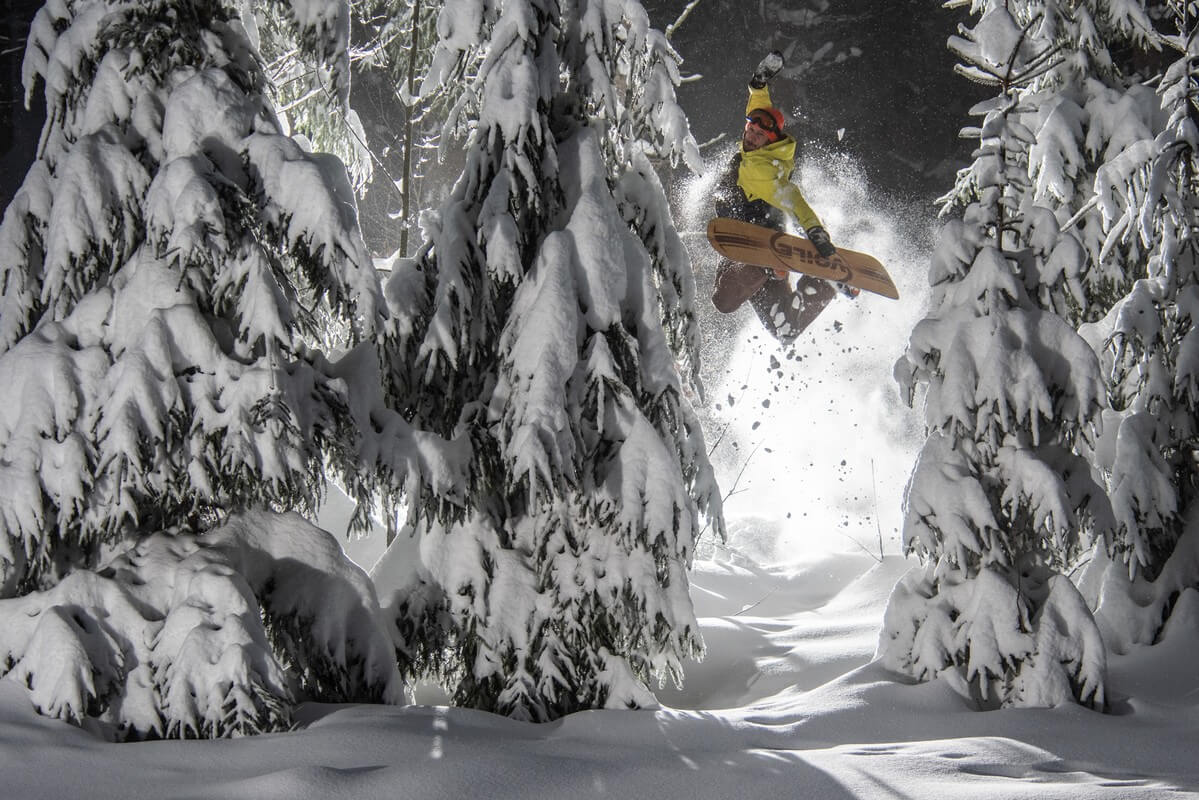
Do you have a favourite sport?
No, I don’t! I love sport in general, from MTB and BMX to surfing, skateboarding, snowboarding and freeskiing. But I must admit I’m not into scooters in the skatepark and football as well. These two are not my favorite and I don’t really like to photograph them. But beside this… Everything can be appealing ;-)
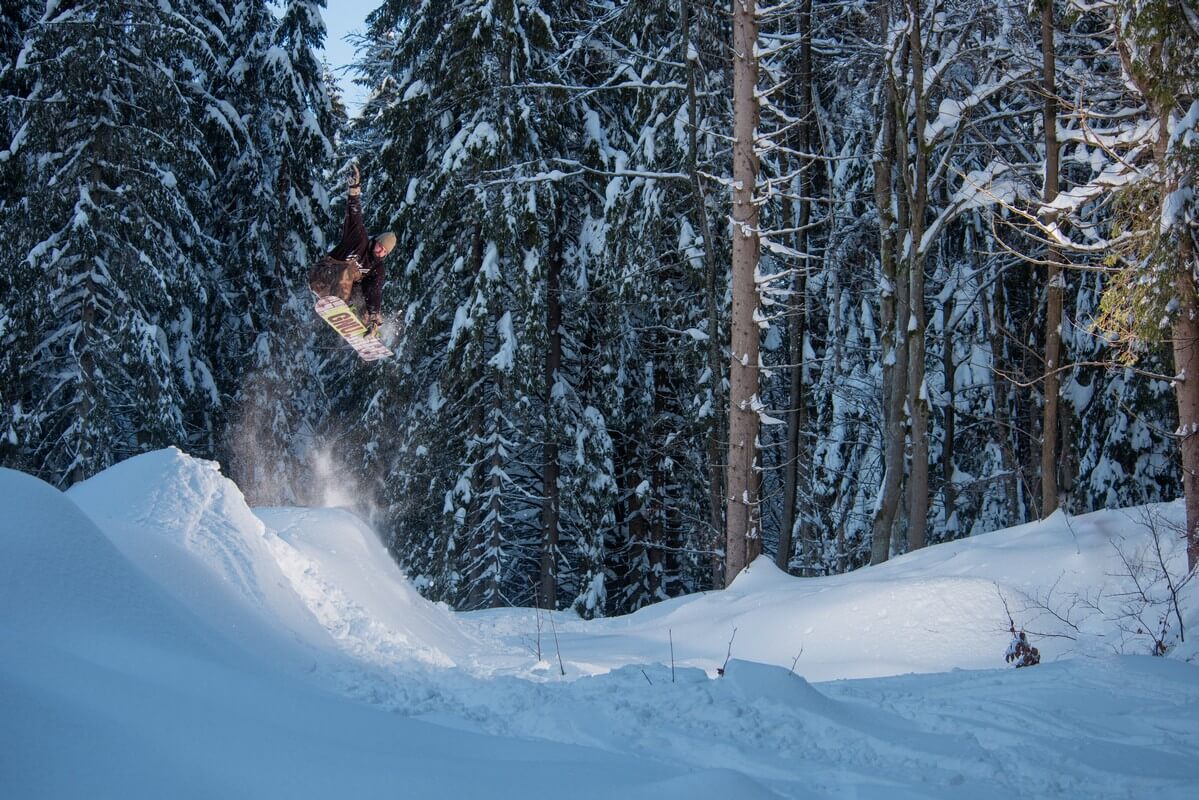
Any tips for beginners?
Ha! That’s easy. Take your camera and go outside! I’m a self-taught photographer and I’m still learning. Being outside, exploring and learning from your own mistakes is the perfect lesson you can get.
Of course being a photographer can be challenging because of many reasons. Sometimes you don’t have proper equipment or abilities to shoot exactly what you wish. Practicing and improving your knowledge and skills is crucial even when you don’t have the best camera or lens. There is one factor that can make your photos better without spending money. You need to know athletes! It was easy for me at the begging of my photography adventure, because a lot of my friends were passionate about sports. If you’re not familiar with anybody, try to contact them through Facebook or Instagram. I’m sure a lot of people will be happy to work with you. You can also track sport events and meet people there. Learn as much as you can not only about the specific photo techniques but try to gather knowledge about people and their sport discipline. Just be curious!
More of David's work is available on his official website.
